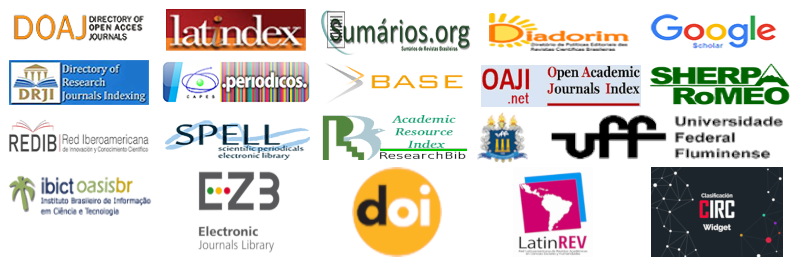Beneficial Effects of Slow Steaming in Bulk Freight Markets
DOI:
https://doi.org/10.20401/rasi.3.2.172Keywords:
vapor lento, gases de efeito estufa, embarcações, transporte ecológicoAbstract
O vapor lento foi recentemente adotado na prática normal por muitas companhias marítimas para a economia de combustível e monetária que oferece. A prática também oferece economias em emissões de gases de efeito estufa (GEE). Com os regulamentos que entram em jogo, como o limite de enxofre de 2020, o vapor lento pode ser a opção menos dispendiosa para algumas empresas marítimas ajustar suas operações. Enquanto alguns aceitaram a nova prática, ainda existem empresas e embarcações que vêem esse exercício como uma perda de receita devido ao tempo extra que leva para entregar bens ao seu destino. Este artigo analisa como a classificação dos navios por suas emissões de GEE por milha náutica pode ser diretamente relacionada a fatores como idade, tonelagem de peso morto e carga. Nós propomos que os navios com classificações ruins (E, F, G) encontrem regulamentos obrigatórios para diminuir o vapor ou melhorar sua produção de CO2 de alguma forma. Aqueles com classificações superiores (A, B, C, D) se beneficiariam de pacotes de incentivos ligados à sua implementação de vapor lento ou outras práticas. Também examinará como a redução das emissões pode beneficiar as empresas marítimas de forma econômica e ambiental. Finalmente, este artigo analisa possíveis reações em cadeia que podem ocorrer se essas práticas de transporte ecológico forem observadas.
Downloads
References
Cariou, P. (2011). Is slow steaming a sustainable means of reducing CO2 emissions from
container shipping? Transportation Research Part D: Transport and Environment, 16(3), 260-264.
Chang, C., & Chang, C. (2013). Energy conservation for international dry bulk carriers via vessel speed reduction. Energy Policy, 59, 710-715.
International Maritime Organization - IMO. (2014), Reduction of GHG Emissions from Ships, Third IMO GHG Study 2014 – Executive Summary Final Report, June 2014.
Kontovas, C. (2014). The Green Ship Routing and Scheduling Problem: A conceptual approach. Transportation Research Part D 31, 61-69.
Psaraftis, H. N., & Kontovas, C. A. (2012). Speed models for energy-efficient maritime transportation: A taxonomy and survey. Transportation Research Part C 26, 331-351.
Psaraftis, H. N., & Kontovas, C. A. (2014). Ship speed optimization: Concepts, models and combined speed-routing scenarios. Transportation Research Part C 44, 52-69.
Rightship. (2015). Sustainability Dashboard [graph]. Tableau. https://public.tableau.com/profile/rightship#!/vizhome/SustainabilityDashboard_0/VettedFleet-2015Dashboard
Wong, E. Y., Tai, A. H., Lau, H. Y., & Raman, M. (2015). An utility-based decision support sustainability model in slow steaming maritime operations. Transportation Research Part E: Logistics and Transportation Review, 78, 57-69.
Downloads
Published
Issue
Section
License
RASI, in accordance with Law No. 9,610 of February 19, 1998, which amends, updates and consolidates Brazilian copyright law and makes other provisions, adopts the following conditions of the Copyright Assignment:
1. RASI maintains, with the transfer of copyrights, the possession of rights over the content published;
2. The author retains his moral rights of the content, including the right to be identified as the author whenever the content is published;
3. Despite the attribution of copyright, the author retains the right to reuse the material in future collections of his own work without encumbrance. The acknowledgments of the previous publication in the RASI are the only requirements in such cases;
4. The author may make photocopies of the content, or distribute it by electronic mail or fax, provided that they are intended for their own classes and for the purpose of meeting research objectives, provided that: (a) such copies are not resold and (b) reference to the original source of the publication and the name of the RASI are clearly indicated on all copies made of the document.











